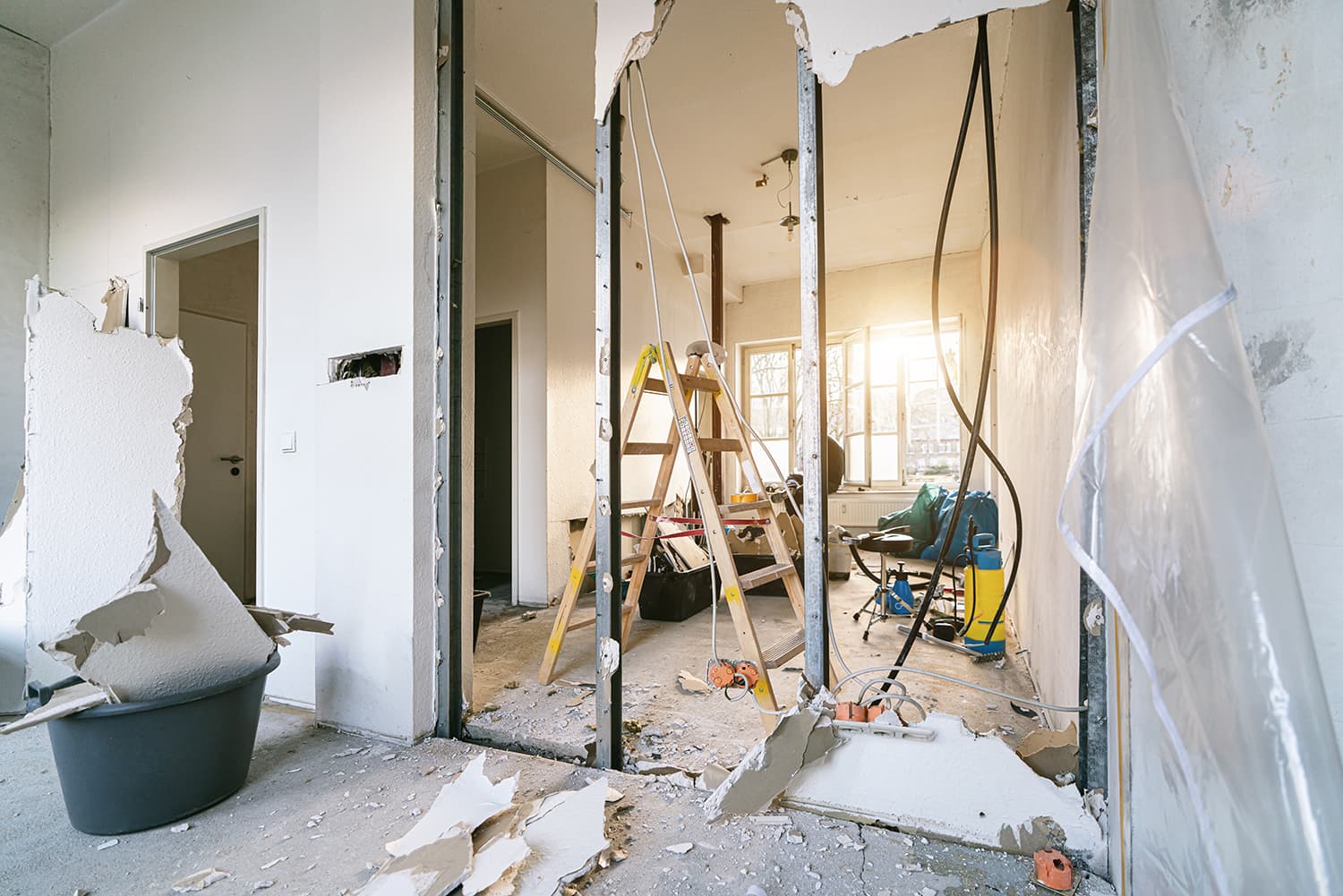Learning how to build solar panels and your own solar power system is easy. It's also a worthwhile project that could save you a substantial sum of money in energy costs. Sometimes, the most cost-efficient way to "go green" involves putting in some of your own efforts.
Once you know how to build solar panels and a solar power system, you'll be able to add solar panel systems to your system whenever you want, repair or adjust it without calling in a professional, and help out your friends or neighbors who understand the value of embarking on a similar project.

Image Source-Google
Naturally, you'll want to think about the insurance ramifications if you build solar panels and a solar power system for someone else, but some people have done this to make some nice side income. In addition, you can save a great deal of money in your own home.
You're not restricted to building a system just for your home, either. Once your home solar energy system is complete, you can build one for your weekend getaway cabin, boat, or RV. When you build solar panels for these things, you'll gain the same energy-saving advantages as you will in your home.
Essentially, a solar panel is just a storage unit for housing solar cells, and building one is not difficult. Solar cells capture the energy in sunlight and then release it as usable electricity.
Once you build the structure to house the solar cells, learning how to build your own solar panel system simply involves learning how to wire the solar panels in a manner that's both safe and useful.
Depending on your budget for the project, you can choose from several types and qualities of solar cells to use. Some brand new solar cells will be much more expensive than refurbished or partially damaged cells.
It's not unusual to come across inexpensive, partially damaged solar cells that are still able to support a charge, but you'll need to know what these damaged cells are worth before buying them

